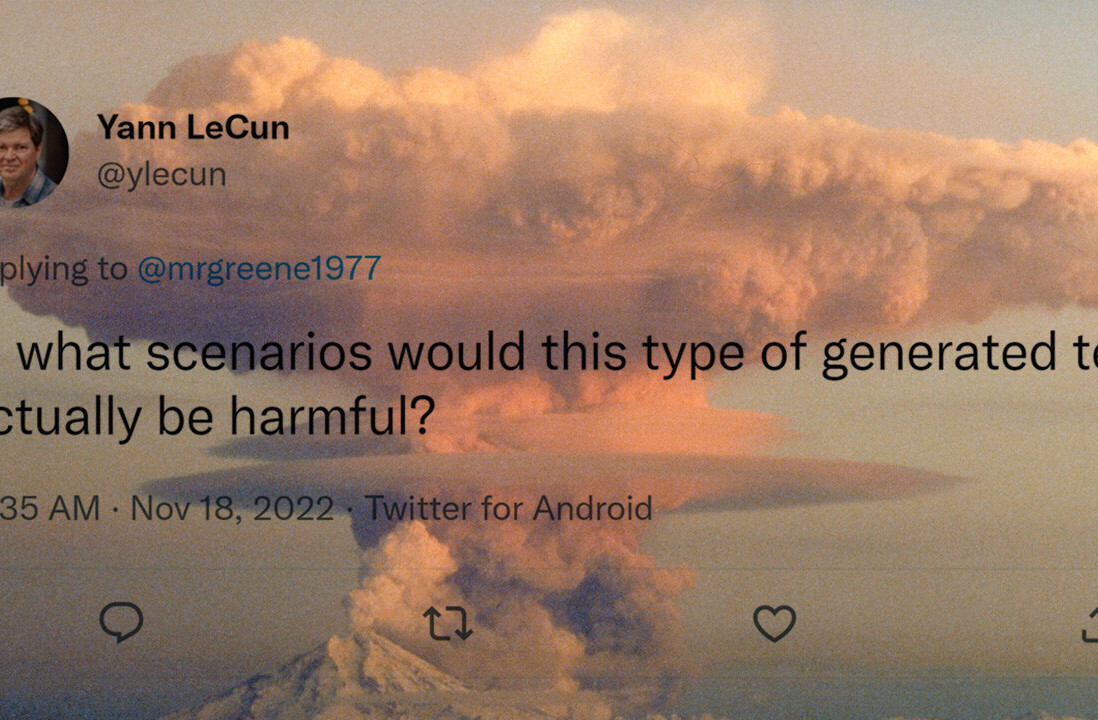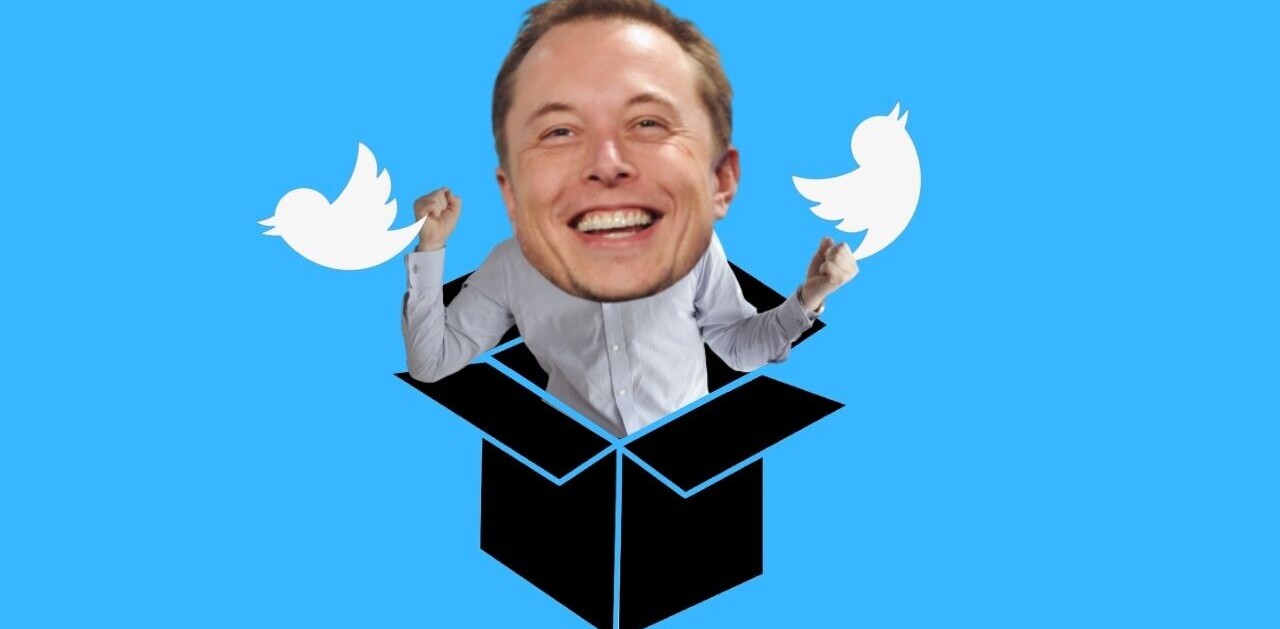
“Whether it’s the exposing of super injunctions, Middle Eastern revolutions or the Occupy movement, social media is having an ever more significant impact on our society and people’s desire for change,” was how the opening gambit went for this event at London’s Social Media Week. “We explore how Twitter is changing the news industry, how journalists use social media to connect to the story and how collaborative reporting is leading to activism and change.”
Packed into a first floor room at the Innovation Warehouse in London’s Farringdon area, more than a hundred people gathered to debate the effect Twitter is having on the noble art of journalism. “The media is not the message, the messages are the media,” commented David Carr in the New York Times a few years back. And it was against this backdrop that the debate kicked in to action.
The assembled panel consisted of Andrew Walker, founder of Tweetminster; Paul Lewis, Special Projects Editor at the Guardian; Anna Doble, Senior Online Producer at Channel4 News; Steve Butterworth, founder of Flumes Media Limited; and Titia Ketelaar, UK correspondent at NRC Handelsblad.
Are we overstating the impact of social media?
“Social media has transformed journalism quite significantly in some ways, but I’ll begin by arguing against myself,” says Lewis. “I think there are some ways in which we massively overstate the impact of social media – and Twitter in particular.
“If I think of the big three investigations in the UK over the last few years, phone-hacking, MPs’ expenses and WikiLeaks,” continues Lewis, “none of these were generated through social media. Those last two DID have a significant digital element – they were stories of the digital age – but they weren’t social media generated stories.”
It’s probably worth bringing in the London riots at this point, with both Twitter and Facebook implicated for their role in events. Indeed, there was some discussion from politicians at the time about whether it would be right to close them down in times of crisis, even though they weren’t really used to organize any pillaging as such – the rioters preferred the closed-network BlackBerry Messenger (BBM).
So, could it be that we are overstating the impact that social media is having on society and, more specifically, the journalism fraternity?
Certainly, I’d agree that the real scoops are still garnered from good old-fashioned investigative journalism, with social media used as a tool – among others – to get results. There is growing skepticism around news that breaks through Twitter and other social channels, and whilst there’s little that can be done to curb the flow of falsities, a lot can be done to validate said ‘facts’, which is where journalists come in to play.
Tell the truth now – where did you head when you first read about Whitney Houston’s tragic death on Twitter last weekend?
omgg , my aunt tiffany who work for whitney houston just found whitney houston dead in the tub . such ashame & sad :-(
— Aja Dior M. (@AjaDiorNavy) February 12, 2012
Did you seek other mentions on Twitter or head to the BBC, New York Times or other reputable news sources?
Twitter is just a tool

Nearly everyone had their doubts about the Whitney Houston tweets until the first news of it trickled out from more official channels, and this helps to illustrate that whilst social media may be changing the way that journalists operate, it’s far from the be-all-and-end-all. It’s just a tool of the trade, and it isn’t necessarily the enemy of journalism. As we wrote last year:
“Professional journalists still have serious clout over the tweeting mob. They are trained, they know how to properly fact-check and validate whatever information comes their way. It’s a precise profession that relies on persistence and objectivity to separate fact from fiction, whilst constructing all the salient details into narrative form for the public to consume. Whilst there are countless cases of journos failing on this front, they are at least accountable for what they write. Unlike that lot over in social…
…behind a wall of anonymity, citizen journalism can never guarantee any degree of reliability. Twitter can spread misinformation across all 7 continents before a real journalist even gets a whiff of a story, thus the information becomes legitimised through social media and nobody is really accountable for anything false that’s written. It’s basically gossip with the volume turned up.”
Furthermore, even if a tweet is ‘fact’, it often lacks context and any kind of meaningful background information. “A lot of stuff gets retweeted as a news ‘fact’,” says Ketelaar. “When Whitney Houston died this weekend, there came a point when you know that, but you want to know the rest – the whys, whens, wheres and so on. I don’t think Twitter is the platform for that.”
Butterworth agreed that Twitter wasn’t a great channel for breaking the Whitney Houston news, and reckons that with the rise in so-called citizen journalists, the need for professional journalists is greater than ever. “I think social media works much better when it’s just a form for pushing across just some very raw reporting,” he says. “Because there are now more people around the world publishing news and information, through taking photos and videos with their mobile phones, the need for journalists is more important than ever to validate this information.”
This is a key point – journalists as fact-checkers – and one that reared its head throughout the discussion. “It used to be the news sources that reported the events AND explained them to us at the same time,” adds Walker. “The journalistic part is really the explanation and back-story. What we’re seeing with the availability of the tools to broadcast and record news, they’re (citizens) now owning the part that the news distribution channels used to have.
“But the explanation of those events is still fundamentally where the journalists come in,” he continues. “It makes journalism a lot more important. In fact, there are more journalists today, working and explaining the world to us than there has been at any other time. Journalism has never been stronger. The recording of the news is where the new technologies come into play, but we conflate these two concepts and think that they’re both reporting. But that’s not the case.”
Broadcasting the banal
So many people now feel the need to broadcast every facet of their life on Twitter, a habit journalists aren’t impervious to either.
“I think that if I look at how twitter has behaved in the sphere of Westminster journalism over the last few months, it can often be very superficial,” says Lewis. “So often, journalists will use it, essentially, as a promotional tool to tell people what they’re doing. Both in terms of work and boring stuff too, such as what they’re eating. I’m seeing that more and more, and I don’t think it’s particularly innovative, or particularly useful for those consuming it.
“Dianne Abbot, Ed Miliband – these are mini controversies that the Twittersphere claims as its own,” continues Lewis. “They believe them to be great journalistic scoops, but they’re not. Ed Miliband mis-types something in a tweet, everyone kicks up a storm, then a journalist writes a story about it. But that’s not profoundly Earth-shattering journalism. It’s the opposite.”
Of course, he is an advocate of social media in general, he was just striving to retain a degree of perspective. Social media is often over-hyped and it’s important to look at how social media really does play a role within journalism.
“The pattern of travel of information has changed since Twitter arrived,” says Lewis. “But I don’t think it should be used all of the time in every single story. If you have a crowd that you feed stuff they’re not interested in, they’ll soon turn off. I tend not to involve my followers unless there’s a reason for it and I think they value it.
So how has social media changed journalism for the better? Lewis pinpointed four main areas:
- Finding people – essentially crowdsourcing the pubic for information on the whereabouts of witnesses or other key figures in a story;
- People who self-publish – activists (holding regimes to account), bloggers or anyone in need of a voice who would otherwise not be given a voice;
- Big events – the London riots was an excellent example of how journalists could harness the power of Twitter to follow leads and chase down stories. The ensuing chaos was too big and too fast-moving for journalists to manage on their own;
- The butterfly effect – a small action creating a ripple effect. It has to be a tweet containing very valuable information, which can be hard with 140 characters. One example would be the tweet that broke the Ryan Giggs super-injunction.
While Twitter has fundamentally transformed parts of journalism, its role shouldn’t be overstated…yet. Twitter is still only used by a relatively small number of people – 100m active users at the last count, out of a global population of 7bn.
We’ve previously written that about Twitter’s goal to reach all 7bn people on Earth, and if it can reach even one fifth of that, we have an astronomically powerful journalistic tool on our hands.
“Twitter is a digital footprint of things that are happening around the world,” says Lewis. “If Twitter becomes as ubiquitous as the mobile phone – there’s 4bn mobile phone users in the world – that’s huge. As a journalist who wants to find out things people don’t want you to know, that’s very exciting.”
Hitting the streets

One of the real dangers of the digital age – and this extends beyond Twitter and into all forms of computer-based interaction – is that it can be easy to slip into a comfy life behind a desk. Why should you head out and film events yourself and speak to people, if you’ve got a thousand citizens already pointing their iPhones at a scene and uploading it to YouTube?
A whole lot of information is missed by not being out there and speaking to people. “You have to be there,” says Lewis. “You probably get about 10% of a story if you’re not there. It’s very difficult to convey how much more valuable it is to be out there on the ground, but any professional journalist will tell you how important it really is.”
Ketelaar agrees, citing a recent example when she hit the streets of Scotland to report back to her publication in the Netherlands on what the feeling really was on the subject of independence north of the border. “As a traditional reporter, I still go out on to the streets,” she says.
“I spent three days in Inverness and Invergordon to report on Scottish nationalism, and the answers people gave me there turned out to be completely different to the ones I read on Twitter. You always need to get out there and talk to people. It turns out that the (Scottish) nationalists are very good on Twitter and they get retweeted a lot, but they don’t represent the general Scottish opinion.”
This feeds into the earlier discussion point about overstating the significance of Twitter. So many people don’t really know what it is, let alone use it. Apart from my fellow journalist and technology-fiend friends, very few people I know have a Twitter account – and these are all educated people. So does Twitter skew consensus? Is it really a fair representation of the mood of a nation? It might give journalists a rough idea, but as we’ve heard already, it’s imperative to get out there and speak to people on the ground.
Anna Doble also gave some good insights from within the newsroom at Channel 4. “Maybe setting the agenda falls to various heads or editors at Channel 4, but within a story – social media absolutely shapes how we go about it,” she says.
“I remember with the Norway shootings, we physically didn’t have that many reporters to get out there, so there was a discussion in our news room to have two people go out there and two stay behind to monitor social media and get contacts. It was better mixing it, having two sweeping through social media, and two out there on the ground.”
Indeed, it may seem like a trivial point, but a lot of time is wasted getting to places – waiting at airports, getting transfers and so on, so it does make sense to have people covering all bases.
It’s clear that looking at professional journalists, and tweeters/bloggers/citizen journalists, as standalone entities isn’t helpful. Collaboration is the name of the game – journalists use citizen journalists and vice versa. Likewise, having folk out on the ground speaking to people, otherwise known as journalism, is priceless. But feeding into this, is the well-oiled social machine that lets real-time information flow so freely. Modern day journalism isn’t about ‘traditional vs. new’, it’s about traditional AND new.
“I probably thought a year ago, from a technology and social media point of view, that journalism’s dead…we’ve got the social Web now, right?,” says Butterworth. “But one thing I’ve learned over the past year is the value of journalism, and I think it’s very different to the kind of information we get on social media.”
You can monitor all our coverage from Social Media Week here.
Get the TNW newsletter
Get the most important tech news in your inbox each week.




